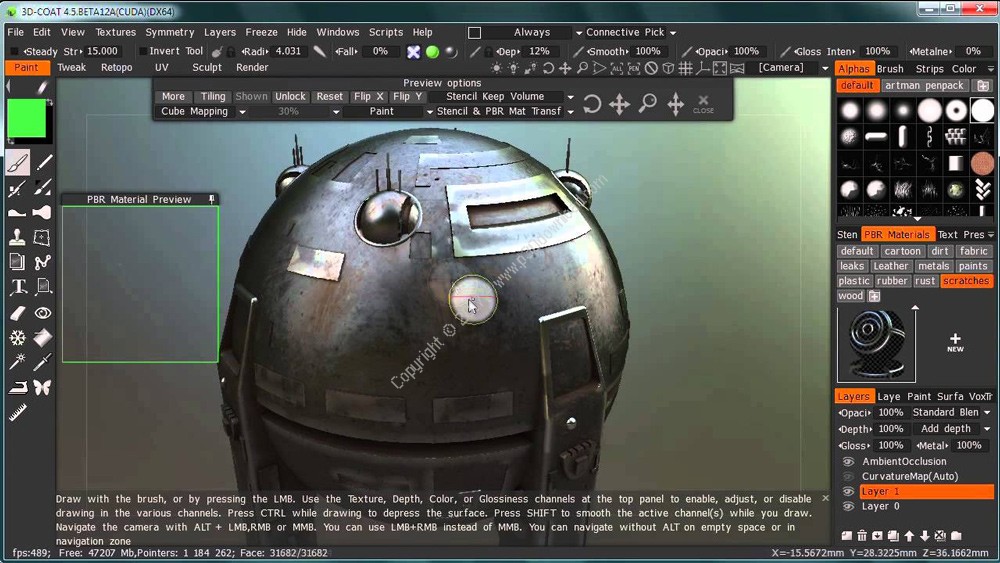

If you think I'm exaggerating, just read any ZBrush vs. ZBrush's interface actually gets in the way of its brilliant tools (not to be confused with meshes). Meshes are called “Tools,” 3D objects can be flattened to the canvas inexplicably, and the model texturing workflow felt like a hack. Ultimately, ZBrush's legacy as a painting program muddies its use as a 3D app, so everything 3D feels tacked on. Confusing me was no small accomplishment-I'd been using a variety of 3D programs for 14 years, and I was stumped.
Introduction to 3d coat series#
Nothing made sense, and I spent far too much time learning what nonsensical series of buttons to click since none of the conventions of any 3D program were used. I picked up version 3.1, and, while I loved the sculpt quality, I loathed the interface and the way it works. My own experience with ZBrush is typical.

Better painting, texturing and layered texture tools.Interface and workflows are far easier to learn and just make sense.If you're an independent artist or freelancer wanting to learn one of these, they both do similar things but each has distinct advantages. If you're looking for a job in character animation or gaming, you will need to learn a sculpting program, and one of these two programs is what you'd be using if you got that job today.


 0 kommentar(er)
0 kommentar(er)
